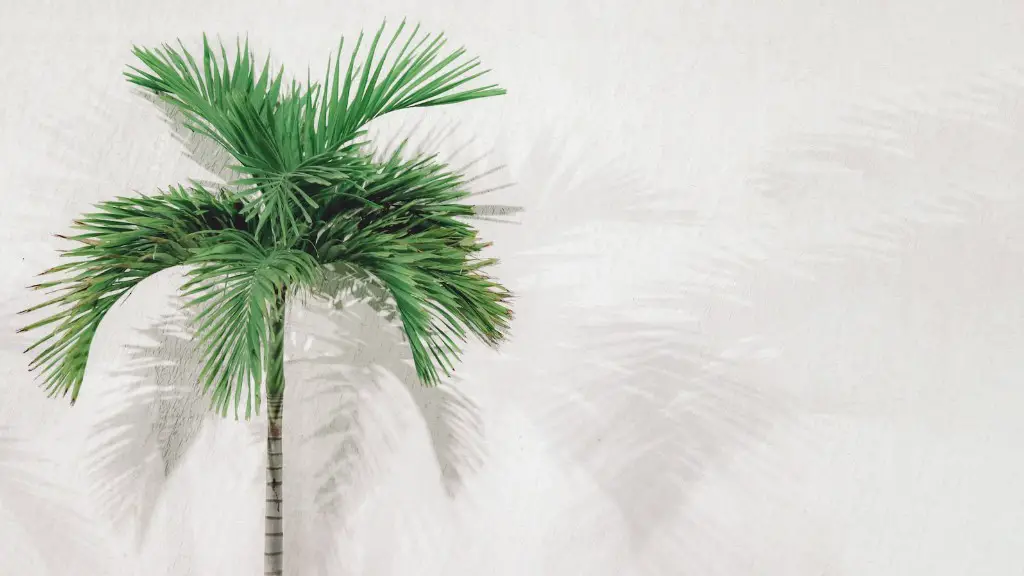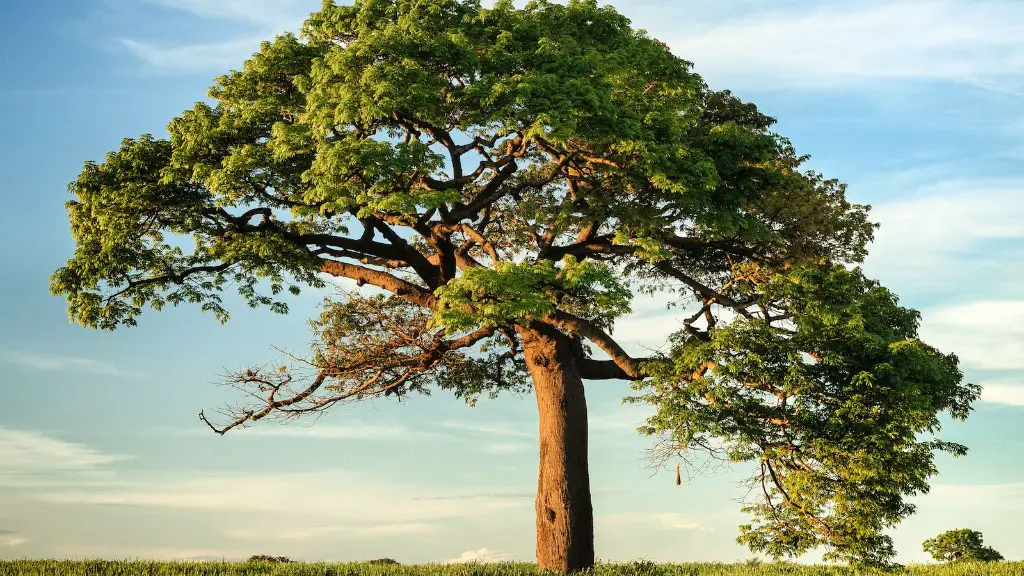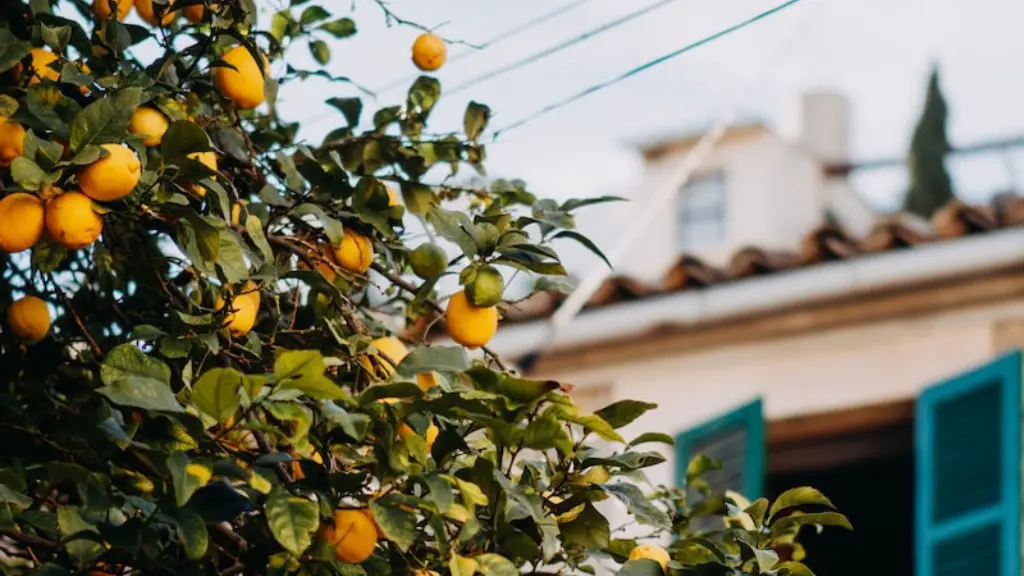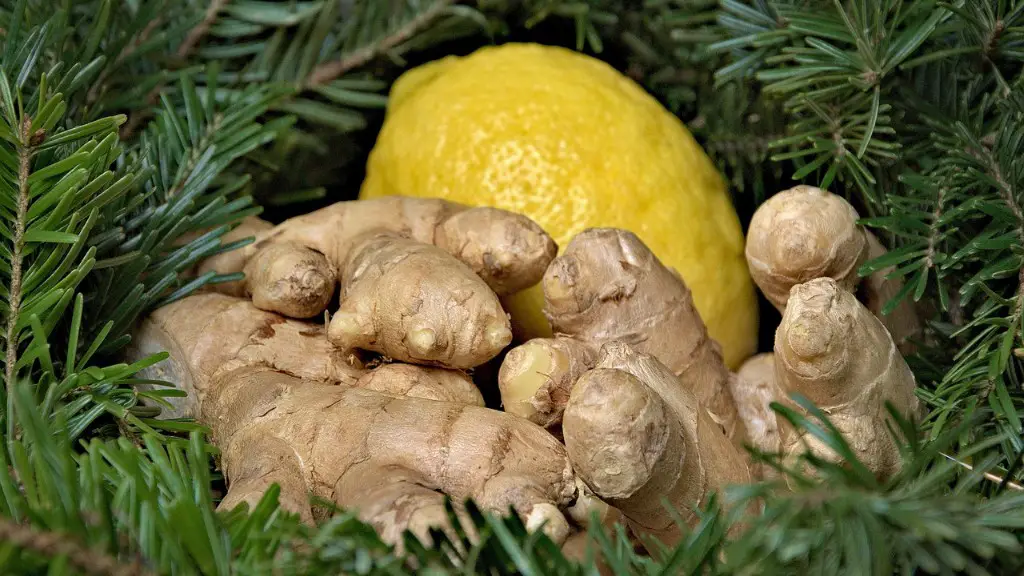Can I Put My Palm Tree Outside?
Palm trees can offer a satisfying aesthetic, providing a tropical feeling some crave for. But do these trees, typically associated with the outdoors, do well when placed out in the elements? Can you even put a palm tree outside in the first place? Let’s look at this question a bit more in-depth.
Keep in mind, the answer is not the same across all types of palms. Even within the same species, different varieties may have varying levels of hardiness and tolerance to outdoor living.
Climate
When determining whether your palm tree can tolerate living outside, you must first look at your local climate. Many of the most common palm species are native to tropical rainforests, so they may be intolerant of cold temperatures and extended periods of dryness. If your region has milder temperatures and higher humidity, the chances of your palm surviving are much better.
Additionally, prolonged periods of temperatures below 50 degrees can be too cold for most palms. Some species and varieties can survive down to a temperature of 0 degrees, but most will suffer after extended periods of the chill. Check for a cold hardiness zone rating for the species you are considering.
Location
Next, you’ll want to determine the location for your outdoor palm tree. Make sure the spot is in full sun to partial shade and won’t be impacted by rising or falling water levels. Additionally, the tree should be planted in an area with the proper soil — loamy soils that drain both quickly and slowly are ideal. And, of course, you’ll want to avoid areas with harsh winds.
A barrier should be considered that will protect your palm from frost. This might be a wall or even a nearby building. Most importantly, you should make sure the palm tree is going to have enough space to grow. As with any other large tree, a palm tree’s roots can spread widely and can damage nearby walkways, buildings or pipes.
Care
If you are able to provide the right climate and location for your palm tree, the good news is that it is relatively easy to care for. Keeping the ground nearby moist is important, as it is for most trees, but not overly wet. Additionally, while they grow, they should be fertilized every few months with a fertilizer specifically designed for palms. Lastly, pruning should be done annually.
In the right conditions and with proper care, many species of palm trees can become true specimens of landscaping. Now that you know how to properly care for them, find out which type of palm tree is right for you and get planting!
Popular Palm Types
The most popular types of palms available include the Canary Island Date Palm, the Mexican Fan Palm, the Queen Palm, the Sago Palm, the Foxtail Palm and the Bottle Palm. The Canary Island Date Palm, the Mexican Fan Palm, and the Queen Palm will do the best in frost-prone areas, with the Canary Island Date Palm being the most cold-hardy.
The Sago Palm, the Foxtail Palm, and the Bottle Palm will do best in warmer regions or can even be kept as houseplants. Sago Palms and Bottle Palms can also do well in cold regions in containers with some extra protection.
Tips for Choosing the Best Palm Tree
When you’re deciding which type of palm is best for your home, consider the amount of space that it requires. Some species can reach heights of 50 feet or more, while some others will reach just a few feet. Even if you don’t have a very large outdoor space to work with, there’s still a species that’ll fit your needs.
Once you’ve chosen a palm, plant it at the same depth it was in its original pot. If the top of the root ball extends above the new soil, the tree may become unstable. Make sure to water your palm thoroughly after planting and for the first few weeks. Then continue to water the tree during dry spells.
Risk of Disease and Infestation
Palm trees are susceptible to diseases, including root rot, yellowing of the leaves due to lack of nutrition, and various fungi like scales, mites, and mealybugs. It’s important to keep your eye out for signs of disease, as they can attack your tree and spread rapidly.
If you spot signs of disease on your tree, take the time to identify the cause. Root rot is caused by poor drainage in areas where the soil is too wet, while yellowing of the leaves is an indication of nutrient deficiency. Meanwhile, mites and mealybugs can be combated with insecticides.
In cold regions, most palms are susceptible to getting adapted to the place’s climate. First, the leaves of the tree will start to yellow and die off, and the tree will eventually stop growing and producing new leaves. To prevent this from happening, cover the tree with a tarp, particularly on really cold days.
Are Automated Watering Systems Helpful?
Palm trees benefit from regular watering, but most don’t need to be watered every day. An automated watering system ensures an even distribution of moisture and prevents overwatering. This is helpful in areas where water scarcity is a concern or when you’re away on a long vacation.
A gardening expert can help you set up the perfect automated equipment for your palm. It’s important to note that if you’re combining an automated system with in-ground palm planting, it may need to be adjusted as the tree grows. Therefore, it’s essential to have an expert support system to ensure your tree is getting the right level of moisture at all times.
Pots Versus Ground Planted Palms
Compared to ground-planted palms, potted palms may require more attention due to their reliance on regular repotting and pruning. On the other hand, potted palms are often easier to move inside and out, as needed, to help them survive colder climates.
When deciding between planting in the ground or keeping your palms in pots, take some time to consider the climate you live in and the care you’re willing to give. Both of these factors can help you make the right decision.
Palm Trees and the Law
It’s important to keep in mind that, depending on your local laws, there may be restrictions on palm trees. Many city ordinances prohibit keeping healthy, mature palm trees on private property due to the risk of falling branches or the strong root system. Check with your local laws before you make your purchase.
Above all, when caring for your outdoor palm tree, it’s essential to regularly check the health of the tree, as prevention is always better than cure. Keep an eye out for signs of disease, nutrient deficiency, and damage — and take swift action if you spot any.
Finally, think about the kind of look you’re going for in your garden and pick a palm tree that suits the purpose. With just the right amount of care, you can end up with a beautiful, healthy tree that lasts for many years.




